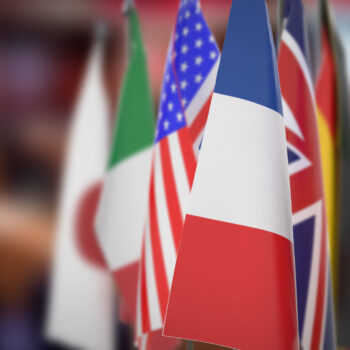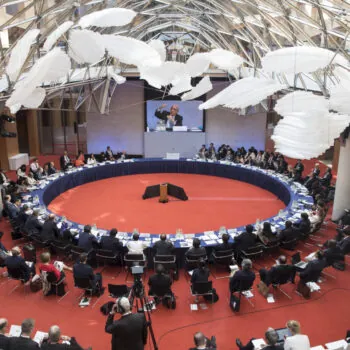What a busy year! Since we left Bonn in sunny spring we’ve seen leaders come together in New York, hundreds of thousands on the streets calling for climate action and countries intensifying their efforts to prepare their contributions (iNDCs) to the Paris agreement. It may be a fraction colder but the atmosphere is upbeat. E3G spells out what we expect to see in Bonn this week.
Dates and long-lasting commitments
The big question on everyone’s lips this week – will the intended nationally determined contributions (iNDCs) have a 5 or 10 year commitment period? Some major economies are planning for a 10 year commitment period but many vulnerable countries, as well as the US, call for 5. A 5 year period has the benefit of not locking in low ambition but others fear it will not give a strong enough signal to business and investors, whoses planning cycles are longer horizons than political cycles. Many countries are established in their planning horizons, Europe, for example, sees a 10 year commitment period as more convenient as this would be in line with the 2030 climate and energy package.
Either way a consensus is emerging that Paris will secure a regime which has a cycle of contributions that extends into the long term, helping those that plan in the real-economy. There is growing interest in how a long-term goal could translate the 2°C obligation into a more concrete deliverable. One proposal along these lines is a full fossil fuel phase-out with a corresponding phase-in of renewable energy. The link between contributions, their cycle and this goal is likely to begin edging into the agenda this week. Here we will also need to keep a watchful eye on the process for review and assessment, as set by the Warsaw timetable for contributions delivery, which to date has been under prioritised. There is a danger that future contributions could repeat this bad-practice of omitting time for review and revision.
Let’s be upfront about it
The ‘upfront information’ required for iNDCs should also become clearer this week. Many developing countries want means of implementation (MOI) and adaptation to be included in the iNDCs but most developed countries want mitigation to be the sole focus. It’s still uncertain where this will land in the end but there is a certainly a growing recognition that finance and adaptation will need to be given political parity in the 2015 agreement. In particular the EU is starting to pay more and more attention to adaptation. A promising start but there’s still a way to go.
Shall we make this official?
Discussions on how the agreement will fulfil the mandate received in Durban to deliver a ‘legal instrument or other outcome with legal force’ will resurface in Bonn this week. In the last few weeks the US (informed by the submission from New Zealand), has begun to make its position clear: a legally binding agreement for the process of delivering contributions and MRV, but the numbers themselves won’t be in the core agreement. This position will not be satisfactory to many and Bonn provides the opportunity to better articulate the benefits of a legally binding deal.


